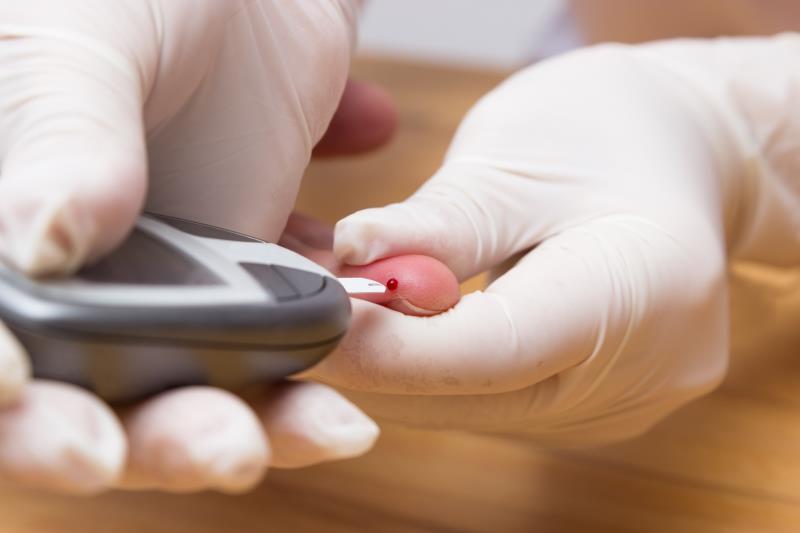CGM improves glycaemic control in adolescents, young adults with T1D





The use of continuous glucose monitoring (CGM) significantly improves glycaemic control in adolescents and young adults with type 1 diabetes (T1D) compared with the use of blood glucose monitoring (BGM), according to the CITY* study.
“Substantial improvements in CGM technology have led to greater accuracy and convenience, including approval by the US FDA in 2016 to use CGM for diabetes management without confirmatory BGM … CGM has been shown to improve glycaemic control in adults, [but previous] studies have not shown overall benefit in adolescents and young adults [with T1D with suboptimal glycaemic control],” said the researchers.
This trial involved 153 individuals diagnosed with T1D (mean HbA1c level of 8.9 percent; mean diabetes duration of 9 years) who were recruited from 14 endocrinology practices in the US between January 2018 and May 2019. Participants were randomized in a 1:1 ratio to use either real-time CGM (n=74; mean age 17 years) or standard BGM (n=79; mean age 18 years). [JAMA 2020;323:2388-2396]
At 26 weeks, those who used CGM had a significantly lower HbA1c level from baseline compared with those who used BGM (mean HbA1c, 8.5 percent vs 8.9 percent; adjusted between-group difference, -0.37 percent; p=0.01).
A significantly higher percentage of individuals on CGM achieved an HbA1c reduction of ≥0.5 percent (44.0 percent vs 21.0 percent; p=0.005) and ≥1.0 percent (25.0 percent vs 6.0 percent; p=0.003) from baseline to 26 weeks than those on BGM.
Significantly more participants in the CGM group vs the BGM group (43.0 percent vs 35.0 percent; p<0.001) also experienced a longer time in the target glucose range of 70–180 mg/dL (10.3 vs 8.3 hours/day, respectively).
CGM users also spent significantly less time in hypoglycaemia (<70 mg/dL) compared with the BGM users (mean, 32 vs 46 minutes/day; adjusted between-group difference, -0.7 percent; p=0.02).
CGM users also reported a significantly higher treatment satisfaction, as indicated by the Glucose Monitoring Satisfaction Survey score, than the BGM users (adjusted between-group difference, 0.27 percent; p=0.003). “Enhancements in CGM technology over the past 10 years have reduced the burden of using CGM, which likely accounts for the greater usage … [and improved] patient-reported outcomes related to technology satisfaction,” the researchers noted.
However, severe hypoglycaemia (three vs two events) and diabetic ketoacidosis (three vs one events) were observed in the CGM and BGM groups, respectively.
“[Nevertheless,] this randomized trial among adolescents and young adults with T1D showed a small but statistically significant lowering of HbA1c over 26 weeks of CGM use compared with standard BGM,” said the researchers.
“This finding offers potential for clinical importance with a meaningful shift in the HbA1c distribution toward improved glycaemic control. However, further research of longer duration and with clinical outcomes is needed before reaching definitive conclusions about the clinical value of the study’s findings,” they added.
*CITY: CGM Intervention in Teens and Young adults with type 1 diabetes (T1D)